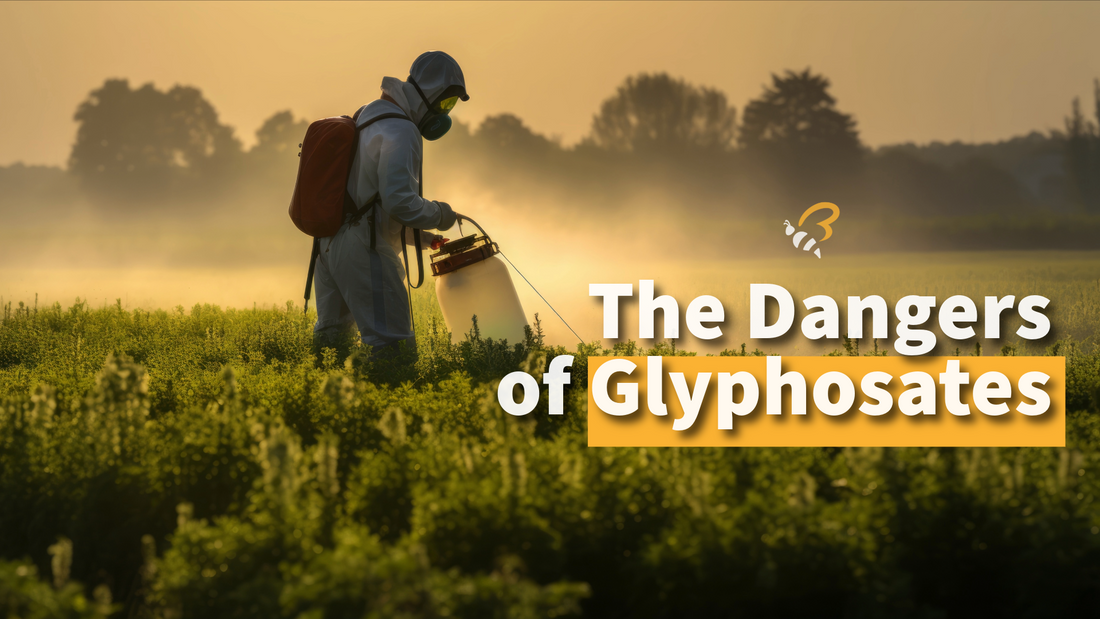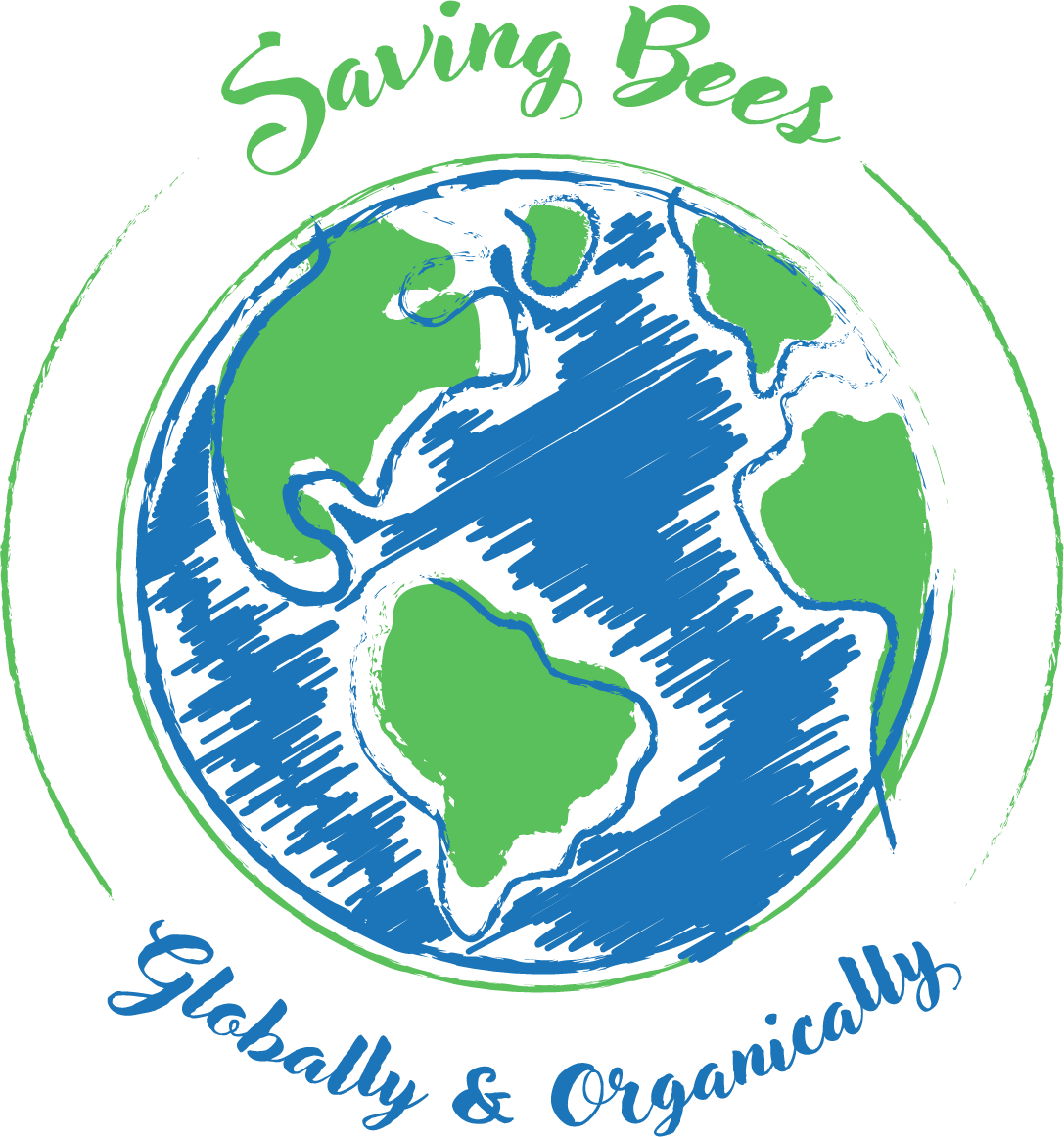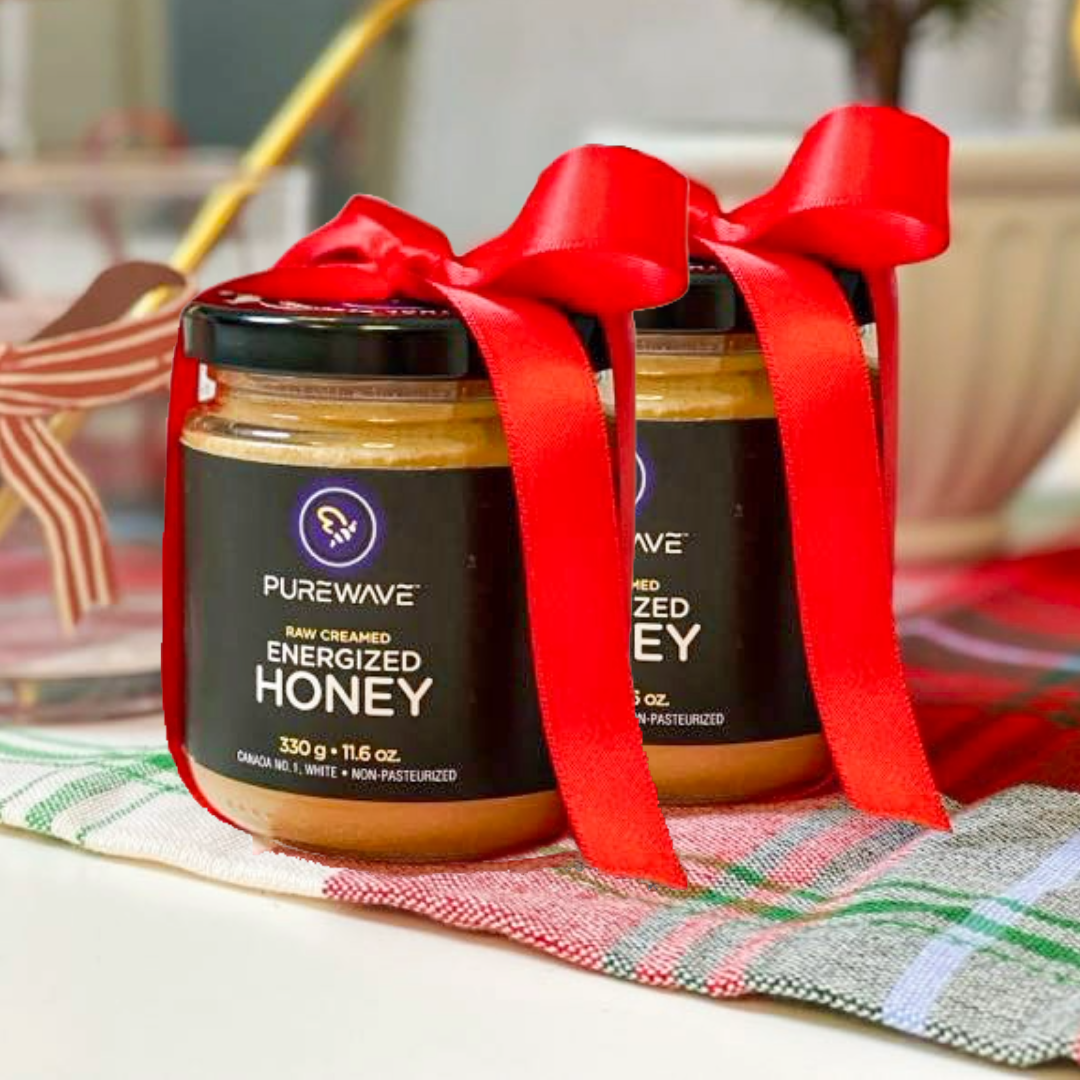
The Dangers Of Glyphosates
Share
Many of us already know of the dangers of GMO crops and the rampant use of Glyphosates in farming, but few understand that it’s also being sprayed in forests and public lands.
Here are the facts according to GlyphosateFacts.com:
The Origins of Glyphosate
Glyphosate (N-(phosphonomethyl) glycine) was first created in 1950 by a Swiss chemist while researching potential new pharmaceuticals. When no pharmaceutical application was found, the chemical was eventually patented in 1964 for use as a boiler and pipe cleaner, due to its ability to effectively bind to and remove minerals like calcium, magnesium, manganese, copper and zinc.
In 1970, Monsanto chemists Dr. Phil Hamm and Dr. John Franz identified the herbicidal activity of glyphosate, and patented it for use as an herbicide in 1971. The formulated glyphosate product, called “Roundup,” was first sold commercially by Monsanto in 1974. It was used for both residential and agricultural purposes. In agriculture, its use was first limited to pre-plant field clearing and halting weed growth between rows of crops.
Introduction of Roundup Ready GMOs
In 1996, Monsanto was re-branded as an agricultural biotech company rather than a chemical company and introduced “Roundup Ready” glyphosate-tolerant genetically modified seeds.
Today almost all soybeans, corn, and cotton has been genetically modified to grow even when sprayed with the herbicide glyphosate. This trait of herbicide resistance led to an explosion in the use of glyphosate, because now farmers could spray vast amounts of glyphosate directly on their growing crops and kill all weeds competing for the soil nutrients.
For the two decades following the introduction of Roundup Ready GMOs, glyphosate use rose almost 15-fold globally. Two-thirds of the total volume of glyphosate applied in the US from 1974 to 2014 has been sprayed in just the last ten years.
Today, on average, 84% of glyphosate applied in agricultural settings is applied to soybeans, corn or cotton. According to the EPA, about 280 million pounds of glyphosate are applied to an average of 298 million acres of cropland annually.
Other Uses of Glyphosate
Glyphosate is currently used in numerous non-agricultural capacities. It is used for invasive weed control in aquatic systems, pastures, rangelands, parks, schools, public lands, and forests.
Residential products commonly contain glyphosate, including the bottled Roundup product that you see on the shelves of Home Depot. In fire-prone geographies, glyphosate is used to kill off overgrowth that could provide kindling for wildfires.
A Word About Surfactants
Glyphosate is never sprayed alone. It is always delivered in a “formulated product” to maximize effectiveness. The glyphosate-based formula Roundup, for example, contains glyphosate, isopropylamine, polyethoxylated tallow amine surfactant (POEA), and water.
A surfactant is a soapy, detergent-like substance that covers a surface and facilitates the delivery of glyphosate on the targeted weed.
The surfactant POEA in the US Roundup formulation is highly toxic, and in fact is banned in the European Union and in Russia. The Roundup product available in Europe therefore has different ingredients in the EU than the POEA-containing American product.
In a recent study, scientists also found undisclosed heavy metals in glyphosate formulations as well, including arsenic, cobalt, chromium, nickel, and lead.
The combination of POEA, glyphosate, and heavy metals is a toxic stew set to destroy our soil and our bodies.
Learn More
In this video below, Gord Miller, Chair of Earthroots, a Canadian non-profit organization, breaks down what glyphosates are, how they became so widely used, and why we should be worried. It’s an eye-opening look at an issue in Canada that affects us all and you can bet it’s being widely used in your area too.
The Cost of Inaction
Is it any wonder that our population spends more on healthcare than any other nation, but we’re also one of the unhealthiest populations on the planet? Here’s what we all need to do:
Instructions for Contacting Your Elected Officials
We must speak up to eradicate this highly chemical cocktail poisoning us and our children.
Bayer has lost 70% of shareholder value since 2018, stemming primarily from the glyphosate lawsuits.
Instead of admitting that glyphosate causes cancer, Bayer and other conglomerates are trying to prevent us from being able to sue by eliminating the ability for states and local jurisdictions to determine if a pesticide is safe or not.
In legal terms, the current legislation eliminates our ability to sue in state courts under “failure to warn” that a chemical could cause cancer, Parkinson’s, etc.
Bottom line: the legislation says that if the corrupt EPA says that a chemical is safe, none of us would be able to prevent its spray, nor sue when we get sick.
This isn’t right!
How to Take Action
Look up to see who your elected FEDERAL representatives are. You have one Congressperson from your local area who serves in the House of Representatives, and two Senators from your state who serve in the Senate.
Call them directly and follow up with letters to them and when they hear from enough of us, they must take action.
👉 Look up who your representatives are here.
Find the following in the list generated from inputting your address:
- Your 2 US Senators
- Your US Representative
Script to Read
"Hi, I am one of your constituents.
I would like to let (your Representative) know that I oppose the inclusion of the Uniformity of Pesticide Labeling Requirements in the Farm Bill and I oppose the use of Glyphosate entirely.
I am disturbed that any elected official would support a law that would prevent me from suing a chemical manufacturer if I get sick from exposure.
I would also like to retain my rights in my state, city and local municipality to regulate pesticide use as we see fit, not how the federal government dictates on behalf of the chemical corporations.
We cannot allow chemical manufacturers to enjoy a liability shield at the expense of our health and the health of the planet.
Please confirm that (your Representative) and his/her staffer has received this message. I am reachable at (your telephone number).
I will not support any official that does not oppose the use of Glyphosate in any way and I will not vote for any candidate that does not agree with me and take action to stop this assault on personal health freedoms.
Thank you."
The Reality We Face
Meanwhile: people keep getting cancer, Parkinson’s, liver disease, ALS, infertility and more.
But the companies claim “you can’t blame us, our product is safe, the EPA hasn’t told us to warn anyone!”
The worst part: courts will be forced to agree with pesticide companies.
Section 453 of the Farm Bill means that the EPA can’t approve updated warnings, allowing companies to argue it is impossible to comply with FIFRA’s labeling obligations and their duty to warn consumers about risks posed by their products under state product liability law.
Because federal law overrides state law when it is impossible to comply with both, people who are seriously injured by pesticide companies wouldn’t be able to hold the company accountable for covering up the risks.
What’s at Stake
- Delayed updates on 57,000+ active products if they have outdated and inadequate warning labels
- Families at risk of losing their right to hold companies accountable when their loved ones get sick from chemical exposure
- Our kids pay the price while chemical giants get richer
- And our bees and diverse pollinators continue to die off in record numbers year after year
The Future Is in Our Hands
What will the future hold for us?
It’s up to us to take action and hold our governments and chemical companies responsible!
And while we’re at it, help support 4RBees with a purchase or pledge because we’re actually saving bees every day!
👉 Click here to Shop with Purpose
Information in this article was researched from:



